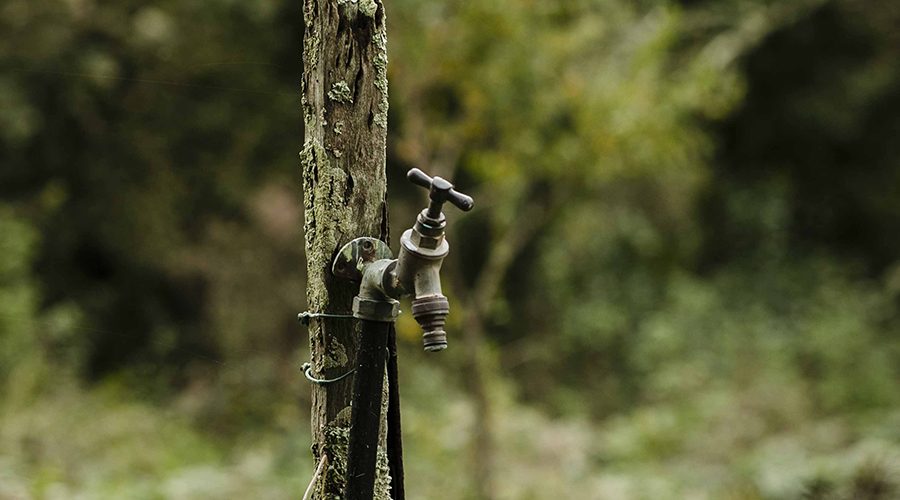With more sun on the forecast for the week ahead, and plenty of planting going on around the country, we thought we’d give some tips on watering in the kitchen garden.
Check moisture levels in the soil
The first thing we want to talk about is knowing how moist or dry your soil is. If you’ve ever tried watering very dry soil in a greenhouse, you’ll know that you can water and water and water, and that it seems the water never soaks in. It can look as if it has been thoroughly soaked, and then you can poke into the soil and it’s still dust dry just underneath the surface. This is why you need to get familiar with your soil. If it is loose enough, you can just push your finger down into the earth to check moisture levels, or if it is too hard, use a trowel. What you want to see is a consistent level of moisture (not soaking, just slightly damp so that you can feel there is some moisture in the soil) running well below the surface. You can use this method during any dry spells to give a good gauge as to whether or not you need to water more thoroughly or sometimes less thoroughly.
Avoid waterlogging and drought
Once you’ve got a better idea of moisture levels in the soil, this becomes easier as you’ll know what kind of consistency and moisture level you are aiming for. A centimetre or so of dry soil at the surface with good moisture levels underneath is ok, but if the soil is totally dry for the top five to ten centimetres, i.e drought, then the plants will likely struggle. Equally, if the soil gets waterlogged (which can happen often when watering pots with poor drainage), then the roots struggle to manage and the plant therefore struggles.
Also, moving from drought to waterlogging can cause problems later even if the leaves look okay – tomatoes can split more easily, carrots can often crack, for example. So it is a good idea to check regularly and try and keep the soil more consistently moist.
Read the signs
It’s usually quite easy to tell when a plant is lacking in water – the leaves will begin to discolour, turning more yellow or taking on a pale pinky/purple tint. There will often be wilting, or thin papery patches on the leaves. It’s a good idea to pay attention and notice what is happening with the leaves so that you can better tend to them and water when you see signs of plant stress.
Water around the base of plants
This sounds a bit simplistic, but when water is scarce it’s an important thing to remember – to actually get the water to where it is needed rather than watering the entire bed or wasting water on the foliage! Direct the watering can and get the water to where it counts!
Water in the morning if you can
A good watering in the morning will help the plants get through the day without wilting. It also allows the surface of the soil to dry off again before nighttime, which is a good anti-slug strategy!
A good strategy for novice growers
If you’re unsure about watering, then this is what we’d suggest (all assuming that there’s not a lot of rain):
- Water thoroughly on the day you plant out, and then water well every other day for the next two weeks while the plants are putting their roots down
- After the first two weeks, try dropping to every third day
- If you see plants turning yellow or wilting, increase frequency to every other day again

